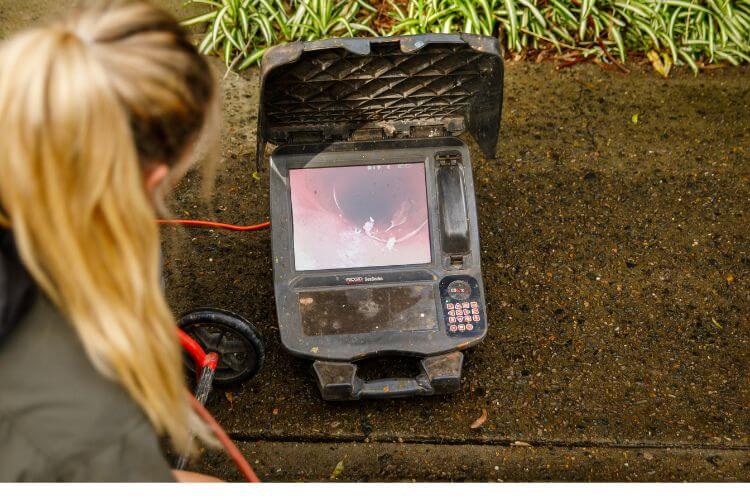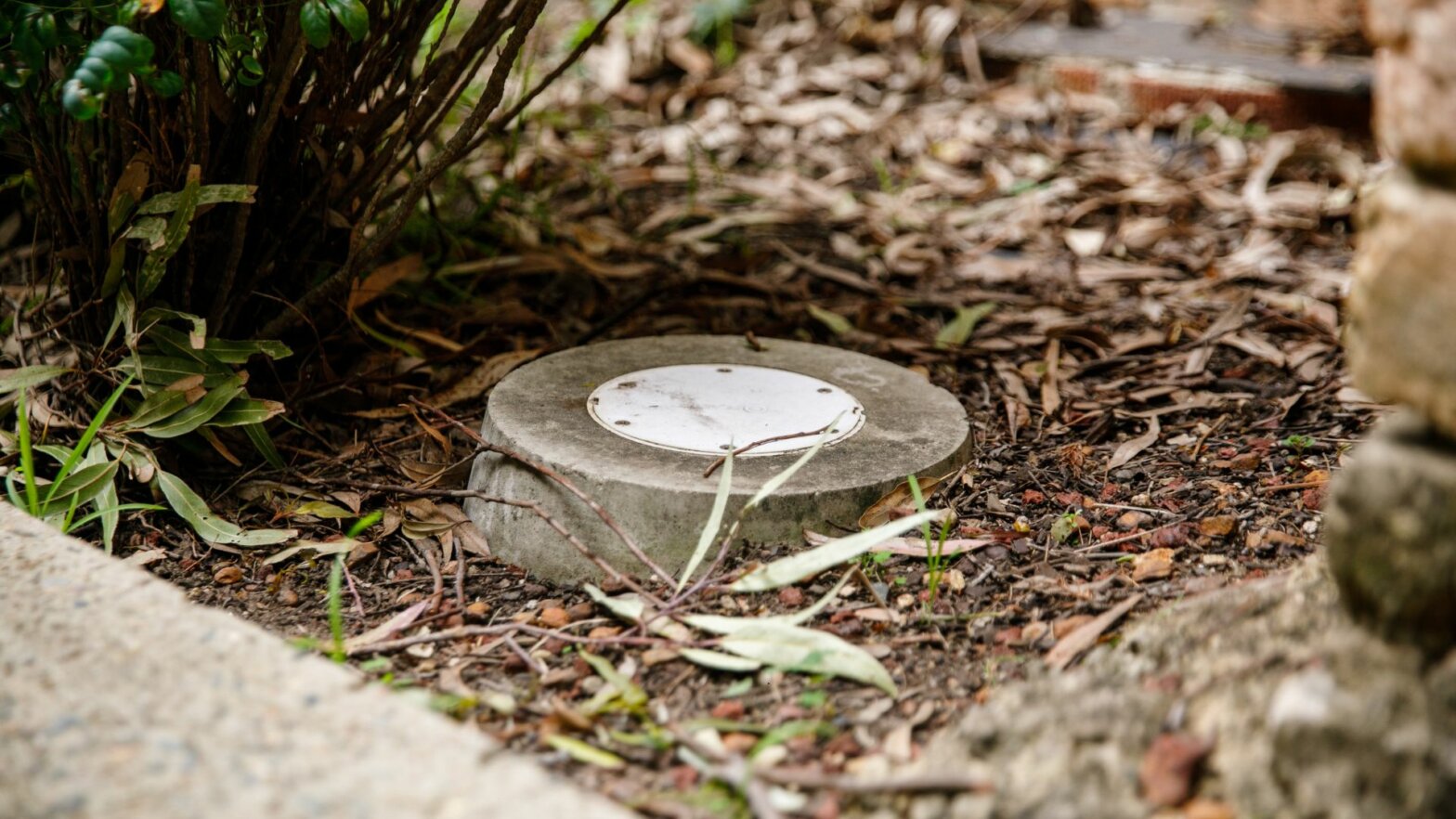Plumbing is one of the most essential pieces of infrastructure for a fully functioning home, yet you might not give your underground pipes much thought. While it’s nice to think that laying pipes is a set-and-forget project, what’s happening beneath the surface matters more than you might think.
Different soil types, such as clay, sand, or rocky ground, can have a big impact on the health and lifespan of your plumbing system. Let’s explore how various soil conditions can impact your underground pipes and what you can do to protect your plumbing infrastructure.
Why Soil Type Matters for Underground Plumbing
In this massive island continent of ours, you’ll find a variety of soils, primarily clay, sand, silt and loam soils. Each has unique characteristics that can affect plumbing infrastructure differently.
Clay Soils
Common in many Sydney suburbs, clay expands and contracts dramatically with moisture changes, such as after rain. This shifting puts more pressure on pipes, causing ground movement. Clay soils can sometimes be more acidic, which may accelerate the corrosion of metal pipes in some regions.
Sandy Soils
Sandy soils are most commonly found near Australia’s coastal regions and in inland desert areas like the Outback. While well-draining, sand lacks stability and leads to soil shifting, which can cause pipe misalignment or sagging.
Silt Soils
Silt soils in Australia are typically found along river valleys, floodplains, and areas near lakes or wetlands. They’re common in regions like the Murray-Darling Basin, parts of Victoria, New South Wales, and Queensland’s inland river systems. Because silt retains water, it can create a damp environment around pipes, which can increase the risk of corrosion over time.
Loam
Loam is typically found in fertile agricultural regions across Australia, including parts of Victoria (Gippsland), New South Wales (Hunter Valley), South Australia (Barossa Valley), and Tasmania. It is generally the most pipe-friendly due to its balanced texture and drainage.
Soil isn’t the only factor you need to consider. The type of pipe material plays a big role in how well your plumbing holds up underground. For example, PVC pipes are flexible and can handle some ground movement, but they’re more prone to being displaced in loose, unstable soils like sand. In contrast, older clay or metal pipes are more rigid and can crack or break under the stress of shifting or reactive soils. Therefore, knowing both your soil type and the material of your pipes can improve longevity and prevent costly damage.
Common Soil-Related Pipe Problems
So, we’ve covered how different soil types bring their own challenges and how they can spell trouble for your plumbing system. Let’s now look at the most common soil-related problems you need to look out for.
Soil Movement and Pipe Cracks
In reactive soils like black soil or clay, the ground expands when wet and contracts when dry. This constant movement puts pressure on the pipes and can cause cracks, fractures, or even complete breaks over time.
Erosion and Washout in Sandy Soils
Sandy soils behave quite differently. The lack of support in sandy soil can easily wash away with water flow and leave pipes without a stable base. Upon thorough inspection, pipes can sag, shift, or collapse entirely.
Corrosive Soil Conditions
Certain soils, particularly those with high acidity or chemical content, can accelerate the corrosion of older metal pipes. Over the years, this weakens pipes from the outside in and leads to leaks, blockages, and structural failure.
Signs Your Pipes Are Affected by Soil Conditions
Pipes are buried, so how can you tell if soil conditions are affecting them? There are some tell-tale signs, some more subtle than others. Knowing what to look for helps you nip it in the bud and saves you from costly headaches down the track.
Unexplained Soggy Patches
This is the most obvious one. If parts of your yard are mysteriously wet or muddy for unknown reasons, it could be a sign that a leaking pipe is saturating the surrounding soil.
Cracks in Driveways or Foundations
While cracking can be caused by several factors, for example, tree root damage, shifting soils can put uneven pressure on structures.
This leads to visible cracks in your driveway, paths, or even the foundations of your home.
Slow Drainage or Foul Odours
If your drains are slowing down or you’ve noticed unpleasant smells coming from sinks or outdoor drains, it could mean a damaged pipe is leaking or partially blocked underground.
How to Prevent or Fix Soil-Related Pipe Damage
So, what can you do to stop soil from wreaking havoc on your pipes, or fix the damage that’s already done? Thankfully, there are smart solutions that can help protect your plumbing without digging up your entire yard.
Proper Installation and Bedding
It all starts with how the pipes were laid. The key is to create a barrier. Most experienced plumbers use a layer of sand or gravel as bedding to create a stable base and prevent direct contact with reactive clay soils. In short, good bedding reduces the risk of pipes shifting or cracking over time.
Pipe Relining as a Non-Invasive Solution
Did you know that you don’t necessarily have to dig up and replace a damaged pipe? Pipe relining offers a fantastic, trenchless way to restore them. Instead of digging everything up, a resin liner is inserted into the existing pipe, creating a seamless new pipe within the pipe.
This method is especially useful in problem soils, as it strengthens the pipe from the inside without disturbing the surrounding ground.
Regular CCTV Inspections

If you do suspect you have a soil-related piping issue, the best way to confirm the problem early is with a CCTV pipe inspection. A professional plumber can send a camera down the line to spot cracks, leaks, or misalignments before they turn into bigger (and more expensive) issues.
When to Call a Specialist
If you’ve noticed soggy patches, slow drains, or cracks around your property, or if your home sits on particularly sandy soil, it’s worth getting your pipes inspected. Ignoring small plumbing issues can turn into costly repairs. A professional assessment can uncover hidden damage and help you avoid major disruptions.
At The Relining Company, we specialise in trenchless pipe repairs and offer expert CCTV drain inspections to identify problems early.
Contact us today for a professional inspection or quote and protect your pipes from the impacts of challenging soil conditions.
Frequently Asked Questions
Can soil really crack pipes?
Yes—soil movement, especially in reactive clay soils, can put pressure on pipes and cause them to crack over time, or damage the connection.
How often should pipes be inspected?
Pipes should be professionally inspected with CCTV every 2–5 years, or sooner if you notice signs of leaks or blockages.
What’s the best soil for underground pipes?
Loam is considered the best soil for underground pipes because it provides balanced drainage, security, and minimal movement.
Back to Top